PPC stands for “Pay-Per-Click,” which is a digital advertising model used on the internet, particularly in search engines and social media platforms. In a PPC advertising campaign, advertisers pay a fee each time one of their ads is clicked by a user. It’s a way to buy visits to a website rather than attempting to “earn” those visits organically through methods like search engine optimization (SEO).
The most common platform for PPC advertising is Google Ads (formerly known as Google AdWords), but it’s also used on other search engines like Bing, and on social media platforms like Facebook, Twitter, and LinkedIn.
PPC advertising works by allowing advertisers to bid on specific keywords or phrases that are relevant to their products or services. When a user conducts a search using those keywords, the search engine displays the advertiser’s ad in the search results. If the user clicks on the ad, the advertiser is charged a fee, hence the term “pay-per-click.”
PPC advertising can be an effective way for businesses to drive targeted traffic to their websites and promote their products or services. It offers a high degree of control and flexibility, as advertisers can set their budgets, target specific geographic locations, and track the performance of their ads through various metrics like click-through rate (CTR), conversion rate, and return on investment (ROI).
TYPES OF PPC
There are several types of PPC (Pay-Per-Click) advertising, each tailored to specific platforms and goals. Here are some of the most common types of PPC advertising:
- Search Engine Advertising:
- Google Ads (formerly AdWords): This is the most popular search engine advertising platform, allowing businesses to display ads on Google’s search engine results pages. Advertisers bid on keywords relevant to their products or services, and their ads appear when users search for those keywords.
- Bing Ads: Similar to Google Ads but for Microsoft’s search engine, Bing. Advertisers can reach a different audience by running PPC campaigns on Bing.
- Social Media Advertising:
- Facebook Ads: Businesses can create and target ads to specific demographics, interests, and behaviors on Facebook and its associated platforms (Instagram, Messenger, and Audience Network).
- Twitter Ads: Twitter offers several advertising options, including promoted tweets, accounts, and trends to boost visibility and engagement.
- LinkedIn Ads: Ideal for B2B marketing, LinkedIn offers sponsored content, sponsored InMail, and display ads to reach a professional audience.
- Pinterest Ads: Advertisers can promote their products and ideas through Pinterest ads, targeting users based on their interests and behaviors.
- YouTube Ads: Video ads on YouTube can be displayed before or during videos. Advertisers can use TrueView ads and other formats to engage viewers.
- Display Advertising:
- Display networks like the Google Display Network (GDN) allow businesses to place visual banner and text ads on a vast network of websites. These ads can be targeted based on demographics, interests, and website content.
- Shopping Advertising:
- This type is specific to e-commerce and is primarily used to promote products. Google Shopping Ads, for example, allow businesses to showcase product listings with images, prices, and other details directly in search results.
- Remarketing/Retargeting:
- Remarketing involves targeting users who have previously visited your website or engaged with your content but did not convert. Advertisers create custom ads to re-engage and encourage these visitors to return and complete an action.
- App Advertising:
- PPC advertising within mobile apps is an effective way to promote mobile applications or specific in-app actions. Platforms like Google Ads and Facebook offer app advertising options.
- Local Advertising:
- Local PPC is suitable for businesses with physical locations, such as brick-and-mortar stores or service providers. It allows them to target users in their geographic area using platforms like Google Ads’ local campaigns.
- Affiliate Marketing:
- Some businesses use PPC as part of affiliate marketing programs. Affiliates earn a commission for driving traffic or conversions to the advertiser’s site through their affiliate links and PPC ads.
- Video Advertising:
- In addition to YouTube ads, other platforms offer video advertising options, such as in-stream video ads and video discovery ads, which can be highly engaging.
HOW PPC WORKS?
Pay-Per-Click (PPC) advertising is a digital advertising model that allows businesses to promote their products or services online. Here’s a step-by-step explanation of how PPC works:
- Ad Creation: Advertisers create text or visual ads that are relevant to their products or services. These ads typically include a headline, ad copy, and a link to a specific web page.
- Keyword Selection: Advertisers choose specific keywords or phrases related to their offerings. When users search for these keywords in search engines or on specific platforms, the ads have the potential to be displayed.
- Ad Auction: When a user initiates a search or interacts with content on a platform, an automated auction takes place to determine which ads will be shown. The auction considers various factors, including the bid amount, ad quality, and ad relevance.
- Bid Amount: Advertisers set a maximum bid amount, indicating the most they are willing to pay when a user clicks on their ad. This bid determines how much the advertiser is willing to spend for each click.
- Ad Rank: Ad Rank is a score calculated based on the bid amount, ad quality, and ad relevance. It helps determine the position of an ad on the search engine results page (SERP) or platform.
- Ad Display: If the advertiser’s ad wins the auction, it gets displayed to the user. The user may see the ad in search results, on websites, or within social media feeds, depending on the platform.
- User Click: If a user finds the ad relevant and clicks on it, the advertiser is charged a fee based on the bid amount. This is where the term “Pay-Per-Click” comes into play.
- Landing Page: The user is directed to a specific landing page on the advertiser’s website. This page should be relevant to the ad’s message and encourage the user to take a desired action, such as making a purchase or filling out a contact form.
- Tracking and Analysis: Advertisers use tracking tools and analytics to measure the performance of their PPC campaigns. They can monitor metrics like click-through rate (CTR), conversion rate, and return on investment (ROI) to assess the effectiveness of their advertising efforts.
- Ongoing Optimization: Based on campaign performance data, advertisers make adjustments to optimize their PPC campaigns. This may involve refining ad copy, adjusting bid strategies, testing new keywords, or adding negative keywords to exclude irrelevant traffic.
- Budget Management: Advertisers set daily or monthly budgets to control their spending. Once the budget is exhausted, ads may stop displaying for the rest of the budget cycle.
- Ad Scheduling: Advertisers can choose when and where their ads are displayed by setting specific times and locations for ad delivery.
PPC (Pay-Per-Click) works by allowing advertisers to bid on keywords. When someone searches for those keywords, the search engine displays the advertiser’s ad. If the user clicks on the ad, the advertiser pays a fee. It’s a way to buy visits to a website rather than earning them organically. Ad placement is determined by factors like bid amount and ad quality.
CONCLUSION
PPC advertising, when executed strategically and with a keen understanding of your target audience, can be a powerful tool for businesses to grow their online presence, drive conversions, and maximize their return on investment. It’s an ever-evolving field, and staying informed about the latest trends and best practices is key to long-term success in the world of PPC.

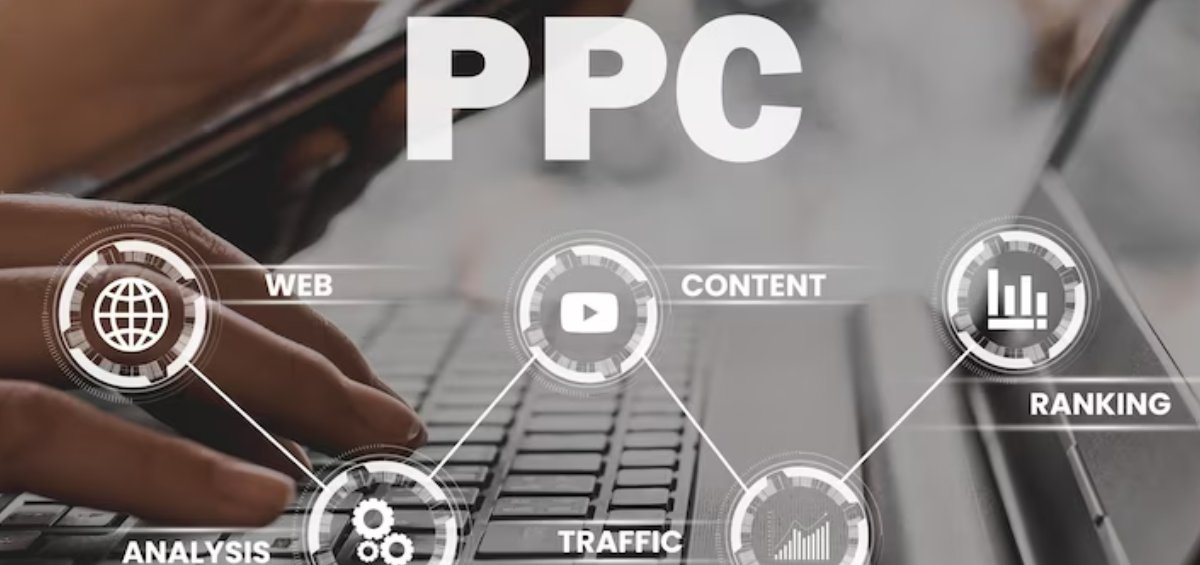
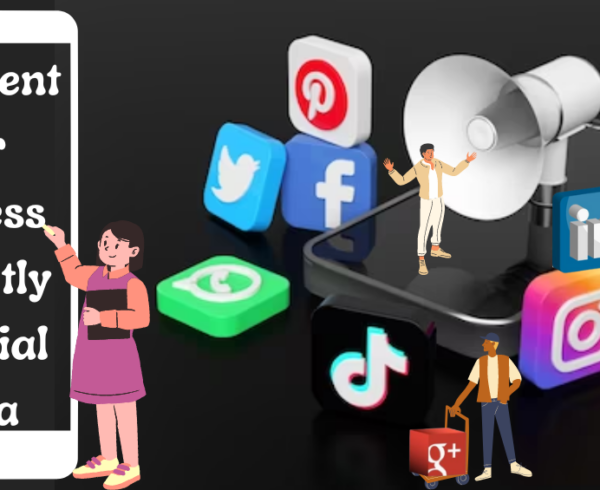
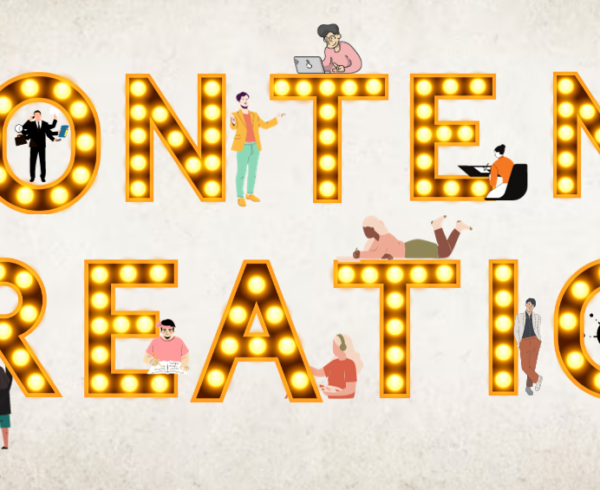
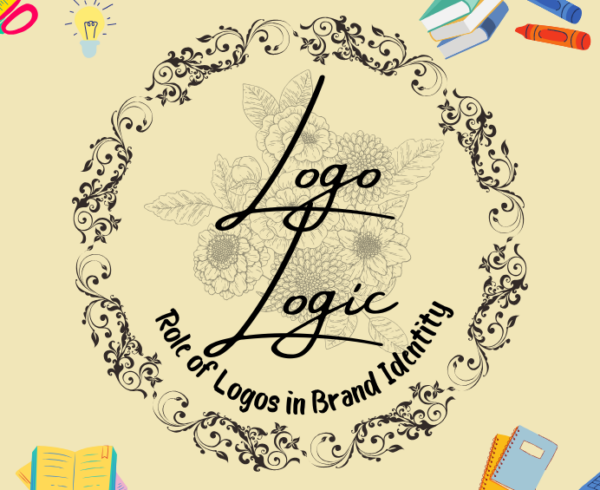
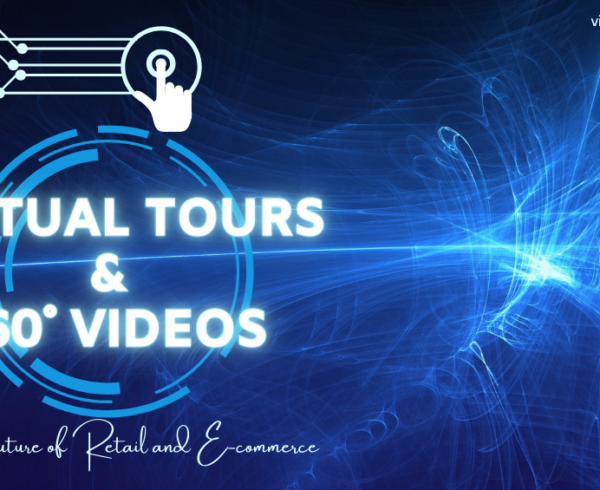
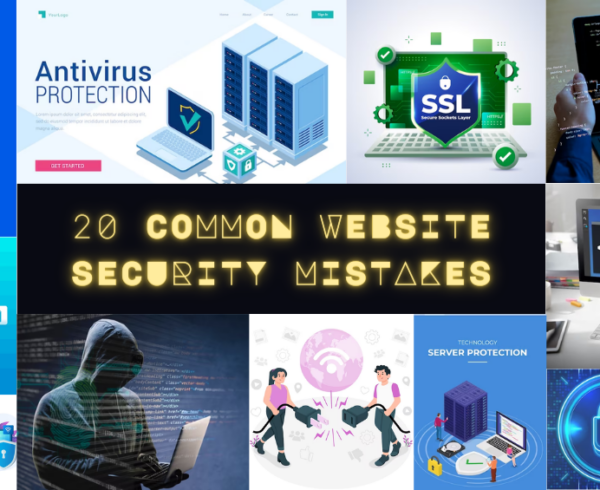
Leave a Comment